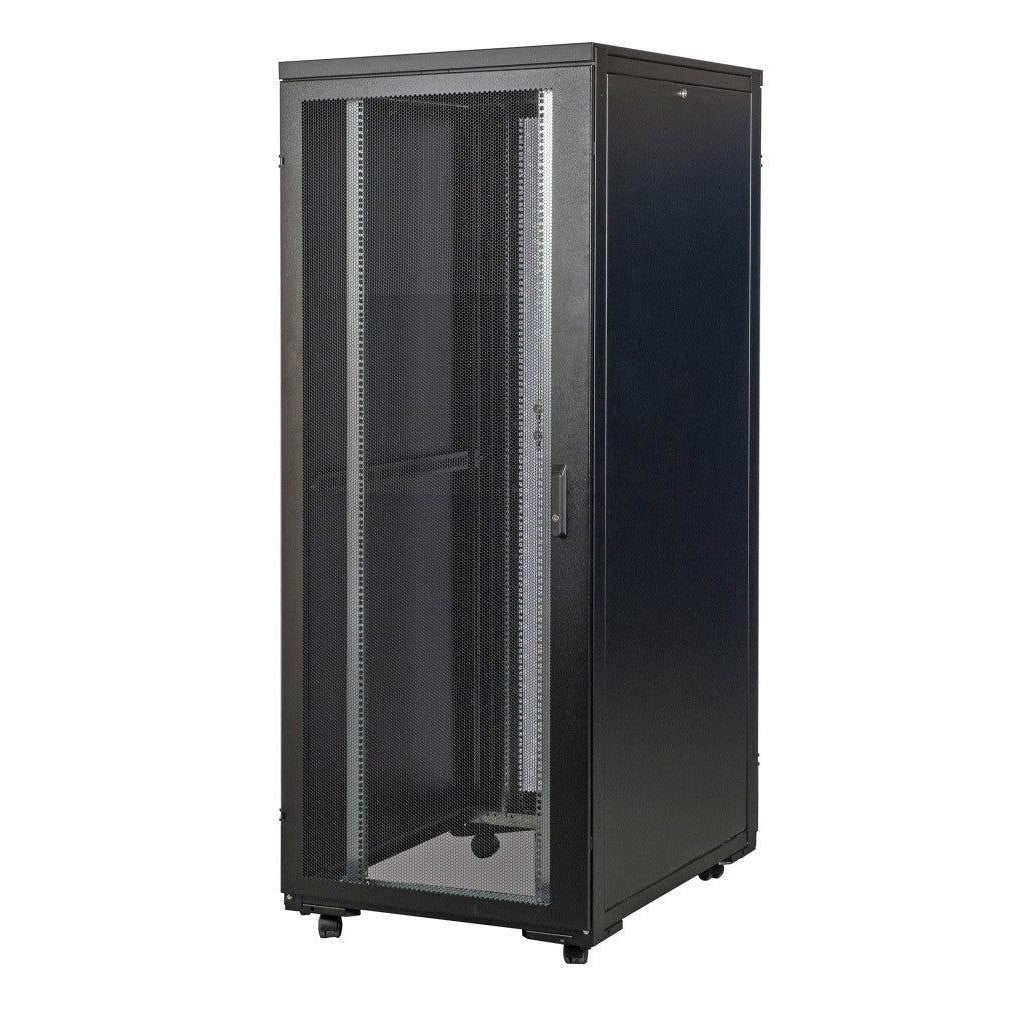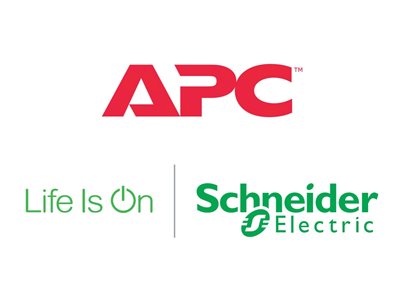Planning for a Server Rack Installation: A Step-by-Step Guide

Installing a server rack is a critical task for any business that relies on networked systems and data centers. Whether you are setting up a new server room or upgrading an existing one, careful planning is essential to ensure efficiency, safety, and scalability. From selecting the right location to configuring your network, every step of the process needs meticulous attention. Here's a comprehensive guide on how to plan for a server rack installation.
1. Assessing Your Needs
Before purchasing any equipment, it's important to assess your current and future needs.
- Current and Future Server Needs: Consider the number of servers you need to house now and in the future.
- Type of Equipment: Determine the types and sizes of equipment that will be housed in the rack, including servers, storage devices, and network hardware.
2. Choosing the Right Server Rack
The type of server rack you choose will depend on your specific requirements.
- Size and Capacity: Ensure the rack is big enough to accommodate all your equipment and has sufficient weight capacity.
- Ventilation and Cooling: Look for racks with good airflow design to avoid overheating.
- Accessibility and Mobility: Consider racks with features like removable side panels and wheels for easier access and mobility.
3. Selecting the Ideal Location
The location of your server rack can have a significant impact on performance and maintenance.
- Environmental Conditions: Choose a cool, dry, and dust-free area to avoid overheating and contamination.
- Accessibility: Ensure the location is easily accessible for maintenance but secure from unauthorized access.
- Connectivity: The location should have easy access to power sources and network connections.
4. Power Requirements and UPS
Reliable power supply is crucial for server operation.
- Power Supply: Ensure the location has enough power outlets to support all your equipment.
- Uninterruptible Power Supply (UPS): Invest in a UPS to protect your servers from power outages and surges.
5. Networking and Cable Management
Proper cable management is key to maintaining an organized and efficient server rack.
- Plan Your Network Layout: Design a network layout that minimizes cable clutter and allows for easy troubleshooting.
- Labeling: Label all cables for easy identification.
- Cable Management Accessories: Utilize cable management solutions like racks with built-in channels, cable ties, and cable managers.
6. Security and Monitoring
Protecting your server rack is essential to safeguard your data.
- Physical Security: Consider lockable racks or installation in a secure room.
- Environmental Monitoring: Implement monitoring systems to keep track of temperature and humidity levels.
7. Installation and Setup
Once everything is planned, you can proceed with the installation.
- Professional Installation: Depending on the complexity, consider hiring professionals to ensure safe and proper installation.
- Testing: After installation, thoroughly test power supplies, network connections, and server performance.
8. Future-Proofing Your Setup
Plan for growth and changes in technology.
- Scalability: Choose a setup that allows for easy expansion as your business grows.
- Regular Maintenance: Schedule regular maintenance checks to ensure everything is running smoothly and to prevent future problems.
Conclusion
Server rack installations require careful planning and consideration of various factors, including your current and future needs, the type of rack, location, power and networking requirements, and security measures. By following these steps, you can ensure a successful installation that meets your business's needs and supports its growth. Remember, a well-planned server rack is not just about housing servers; it's about creating an efficient, safe, and scalable network infrastructure.







